Real estate is full of frictions: complex title chains, opaque pricing, slow settlements, high entry tickets, and siloed data. Web3 doesn’t magically erase these issues—but it does offer a new coordination layer that turns many of today’s bottlenecks into software problems.
If you’re exploring tokenization, on-chain title workflows, or programmable cash flows, you’ll move faster with expert web3 development services that understand both the tech stack and real-estate realities.
The Core Value: Verifiable Ownership + Programmable Rights
Web3’s superpower is a shared, tamper-resistant ledger with smart contracts:
-
Verifiable ownership: On-chain registries (or hashed proofs anchored to public chains) reduce title disputes and simplify audits.
-
Programmable rights: Leases, liens, easements, and revenue shares can be codified as tokens and smart contracts that execute automatically.
-
Instant settlement rails: Stablecoins and on-chain escrow compress closing timelines from weeks to minutes.
Practical Use Cases You Can Ship Now
1) Fractional Ownership & Liquidity
-
How it works: A building’s equity is tokenized into compliant security tokens. Secondary trading (within whitelisted venues) improves price discovery and investor liquidity.
-
Why it matters: Opens access to smaller tickets (e.g., $1k–$10k), broadens investor bases, and lowers capital costs.
2) Smarter Escrow and Closings
-
How it works: A smart contract releases funds only when oracles confirm conditions (KYC passed, inspection complete, insurance active).
-
Why it matters: Fewer intermediaries, fewer errors, faster transactions, clear audit trails.
3) On-Chain Rent Flows & Revenue Splits
-
How it works: Tenants pay stablecoins; contracts distribute rent automatically to owners, managers, lenders, or service providers according to pre-set rules.
-
Why it matters: Real-time cash management, less reconciliation, transparent waterfalls for all stakeholders.
4) Tokenized Debt & DeFi-Style Mortgages
-
How it works: Mortgage notes become programmable debt tokens. Interest and principal payments stream on-chain; risk can be sliced and sold (within regulations).
-
Why it matters: Better refinancing options, continuous pricing, and automated servicing.
5) Data Rooms that Don’t Leak
-
How it works: Documents live off-chain (IPFS/S3), but access is gated by on-chain permissions; zero-knowledge (ZK) proofs verify compliance without exposing raw data.
-
Why it matters: Faster diligence with privacy preserved; less vendor sprawl.
6) Building & Community DAOs
-
How it works: Owners and tenants vote on budgets, upgrades, and green initiatives; fees/payments execute from a shared treasury.
-
Why it matters: Transparent governance, aligned incentives, measurable impact.
Architecture That Works in the Real World
-
Modular stack: Use L2s or app-chains for speed/costs; anchor critical hashes to a major L1 for finality.
-
Compliance first: Whitelisting, transfer restrictions (ERC-1404/3643), KYC/AML integrations, and jurisdictional rules baked into contracts.
-
Token standards:
-
Equity/debt: security-aware ERCs with transfer controls
-
Access/permits: NFTs for roles, keys, and amenities
-
Payments: stablecoins with on-chain escrow and streaming
-
-
Oracles: Tie smart contracts to real-world events—ID checks, appraisal data, insurance status, utility/IoT signals.
-
Privacy: ZK proofs for “verify without reveal” (e.g., investor accreditation, jurisdiction checks).
-
Interoperability: Bridges or messaging layers (IBC/LayerZero/Axelar) so assets and data can move where liquidity lives.
Risk & Governance You Should Plan For
-
Regulatory alignment: Treat most equity/debt tokens as securities; document disclosures, transfer rules, and investor eligibility.
-
Custody & key management: Use enterprise wallets, role-based policies, and recovery procedures.
-
Change management: Clear upgrade paths (timelocks, multisigs, council votes) to fix bugs without creating unilateral control.
-
Data integrity: Hash and timestamp critical off-chain documents; maintain provable chains of custody.
-
Vendor resilience: Prefer open standards; avoid lock-in with portable data and exit strategies.
Implementation Roadmap (90–180 Days)
Phase 0 – Business Case (2–3 weeks)
Map assets, stakeholders, and target ROI (faster closings, lower servicing costs, new investor channels).
Phase 1 – Compliance & Design (3–6 weeks)
Select jurisdictions; define token models, KYC/AML flows, and secondary trading constraints.
Phase 2 – Build the MVP (6–10 weeks)
-
Smart contracts (escrow, tokens, distributions)
-
Wallet flows and investor/tenant dashboards
-
Oracle connections (KYC, insurance, IoT)
-
Admin console for roles, limits, and reporting
Phase 3 – Pilot & Audit (4–8 weeks)
Limited asset set, external security audit, performance testing, go-to-market playbook.
Phase 4 – Scale
Automate onboarding, add secondary liquidity venues, expand to new assets and regions.
KPIs That Prove It Works
-
Time to close: Weeks → days → minutes (escrow milestones).
-
Servicing cost per asset: Down as payouts and reporting automate.
-
Investor base & ticket size: More participants, smaller minimums, better fill rates.
-
Liquidity & price discovery: Higher secondary turnover (where permitted), tighter spreads.
-
Error rate & disputes: Fewer manual reconciliations, cleaner audits.
The Bottom Line
Web3 turns property workflows into verifiable, programmable systems. That shift won’t grab headlines—but it will compound efficiency, unlock new capital, and make portfolios easier to run. If you want a practical path from concept to production, align early on regulation, privacy, and architecture—and ship with specialists in web3 development services who build for real assets, not just demos.
Have a specific use case (fractionalization, on-chain rent, or digital closings)? Share the target market and constraints—I’ll sketch the contract model and user flows end-to-end.

